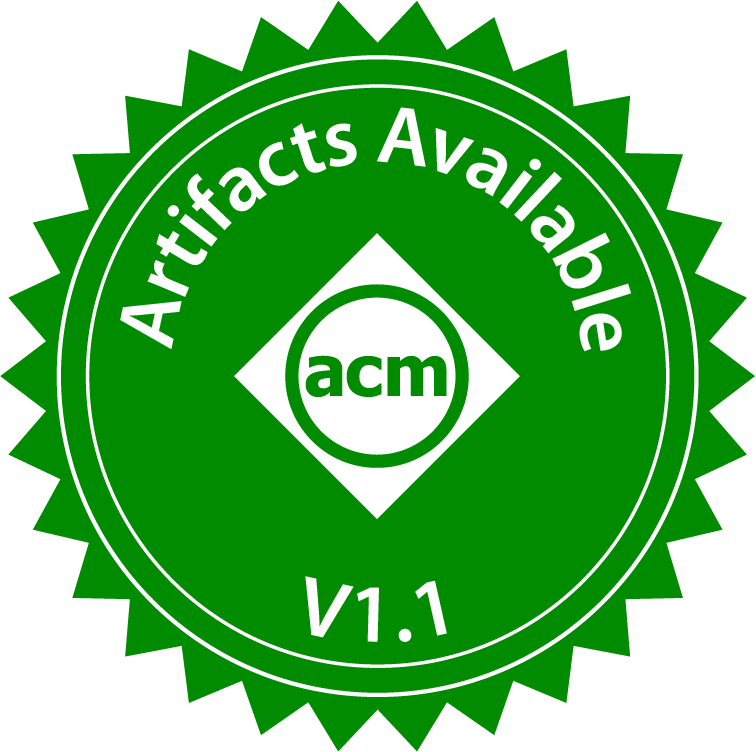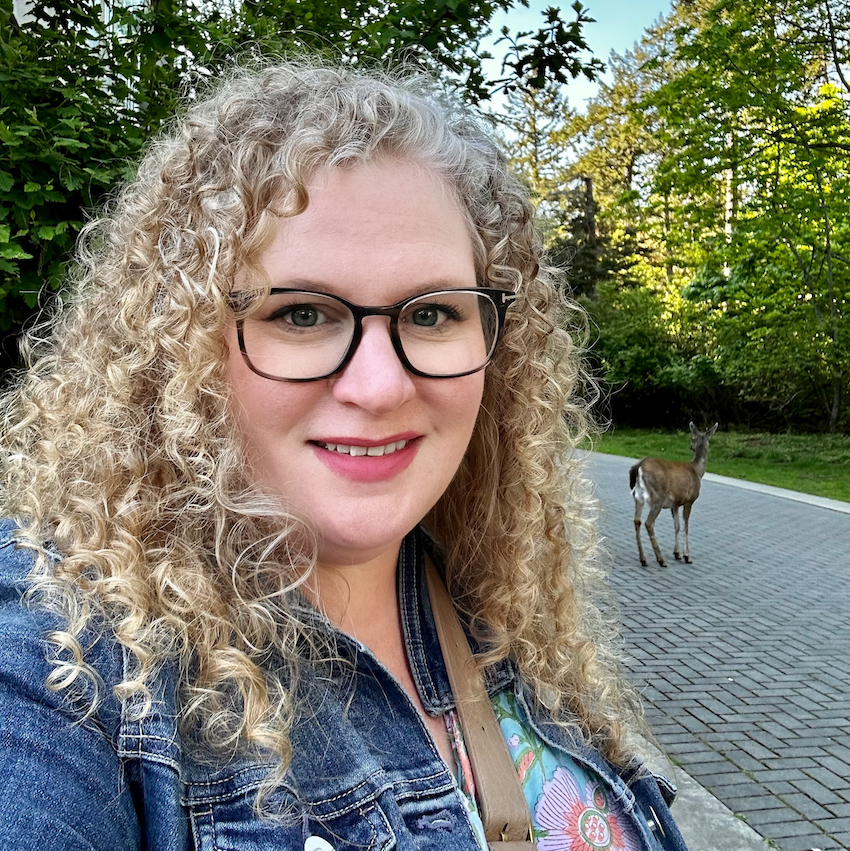Toxicity in Online Games: The Prevalence and Efficacy of Coping Strategies
Abstract
Supplemental Material
- Download
- 18.13 MB
- Transcript
- Download
- 2.03 KB
References
Index Terms
- Toxicity in Online Games: The Prevalence and Efficacy of Coping Strategies
Recommendations
See No Evil, Hear No Evil, Speak No Evil: How Collegiate Players Define, Experience and Cope with Toxicity
CHI '20: Proceedings of the 2020 CHI Conference on Human Factors in Computing SystemsToxicity in online environments is a complex and a systemic issue. Collegiate esports communities seem to be particularly vulnerable to toxic behaviors. In esports games, negative behavior, such as harassment, can create barriers to players achieving ...
How StarCraft II Players Cope with Toxicity: Insights from Player Interviews
HCI in GamesAbstractToxicity in the context of online interactions is understood as an umbrella term describing negativity-inducing and harmful behaviours. Despite multiple efforts, user’s toxic behaviour remains rampant particularly in multiplayer online games with ...
Burnout, resilience, and coping among esports players: A network analysis approach
AbstractBurnout among esports players is a serious issue affecting competitive and professional players. The present study investigated the relationship between resilience, coping, and burnout among esports players using network analysis. Esports players ...
Highlights- This is the first paper to use a Network Analysis to explore burnout, resilience, and coping among esports players.
- Resilience factors were negatively associated with symptoms of burnout.
- Resilience factors were positively ...
Comments
Information & Contributors
Information
Published In

Sponsors
Publisher
Association for Computing Machinery
New York, NY, United States
Publication History
Check for updates
Badges
 Artifacts Available / v1.1
Artifacts Available / v1.1 Honorable Mention
Honorable Mention
Author Tags
Qualifiers
- Research-article
- Research
- Refereed limited
Data Availability
Conference
Acceptance Rates
Contributors
Other Metrics
Bibliometrics & Citations
Bibliometrics
Article Metrics
- 0Total Citations
- 641Total Downloads
- Downloads (Last 12 months)641
- Downloads (Last 6 weeks)85
Other Metrics
Citations
View Options
Get Access
Login options
Check if you have access through your login credentials or your institution to get full access on this article.
Sign inFull Access
View options
View or Download as a PDF file.
PDFeReader
View online with eReader.
eReaderFull Text
View this article in Full Text.
Full TextHTML Format
View this article in HTML Format.
HTML Format

